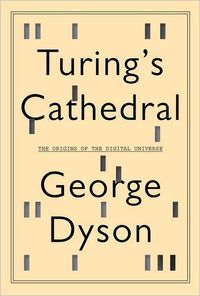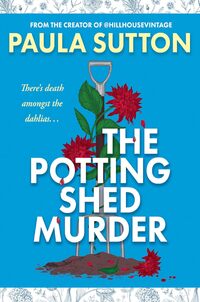

Purchase
The Origins of the Digital Universe
Pantheon Books
March 2012
On Sale: March 6, 2012
432 pages
ISBN: 0375422773
EAN: 9780375422775
Kindle: B005IEGK5C
Hardcover / e-Book
Add to Wish List
Non-Fiction
“It is possible to invent a single machine which can be used
to compute any computable sequence,” twenty-four-year-old
Alan Turing announced in 1936. In Turing’s Cathedral,
George Dyson focuses on a small group of men and women, led
by John von Neumann at the Institute for Advanced Study in
Princeton, New Jersey, who built one of the first computers
to realize Alan Turing’s vision of a Universal Machine.
Their work would break the distinction between numbers that
mean things and numbers that do things—and our
universe would never be the same.
Using five
kilobytes of memory (the amount allocated to displaying the
cursor on a computer desktop of today), they achieved
unprecedented success in both weather prediction and nuclear
weapons design, while tackling, in their spare time,
problems ranging from the evolution of viruses to the
evolution of stars.
Dyson’s account, both
historic and prophetic, sheds important new light on how the
digital universe exploded in the aftermath of World War II.
The proliferation of both codes and machines was paralleled
by two historic developments: the decoding of
self-replicating sequences in biology and the invention of
the hydrogen bomb. It’s no coincidence that the most
destructive and the most constructive of human inventions
appeared at exactly the same time.
How did
code take over the world? In retracing how Alan Turing’s
one-dimensional model became John von Neumann’s
two-dimensional implementation, Turing’s Cathedral
offers a series of provocative suggestions as to where the
digital universe, now fully three-dimensional, may be
heading next.
Comments
1 comment posted.
Re: Turing's Cathedral
This sounds fascinating: something that is constructive can also be destructive. This has been the case with many medications and with man as well. I wonder if there is anything that can be used for good alone.
(Sigrun Schulz 1:51am March 23, 2012)
Registered users may leave comments.
Log in or register now!
| 


 © 2003-2025 off-the-edge.net
all rights reserved Privacy Policy
© 2003-2025 off-the-edge.net
all rights reserved Privacy Policy